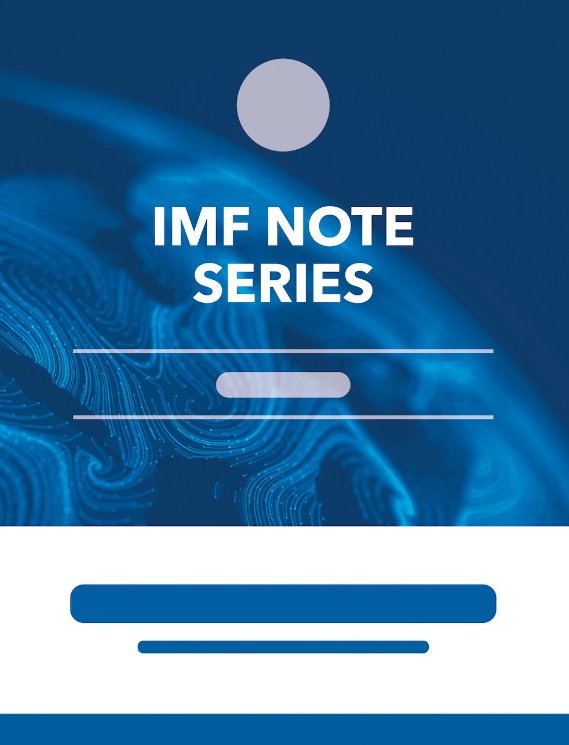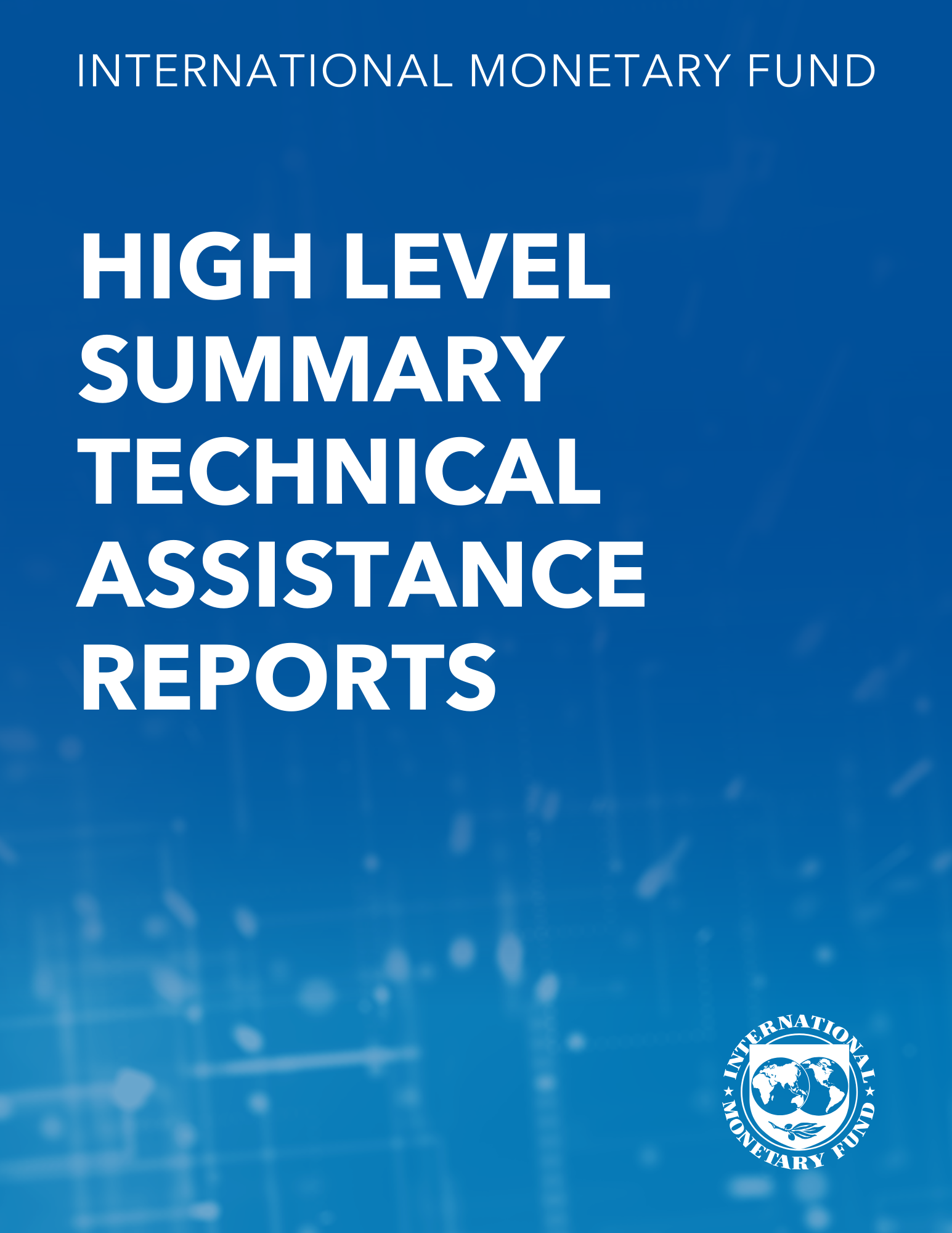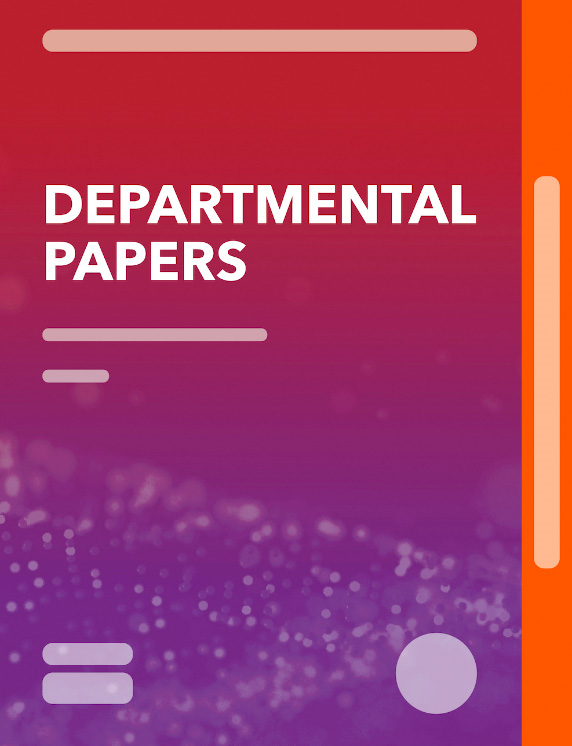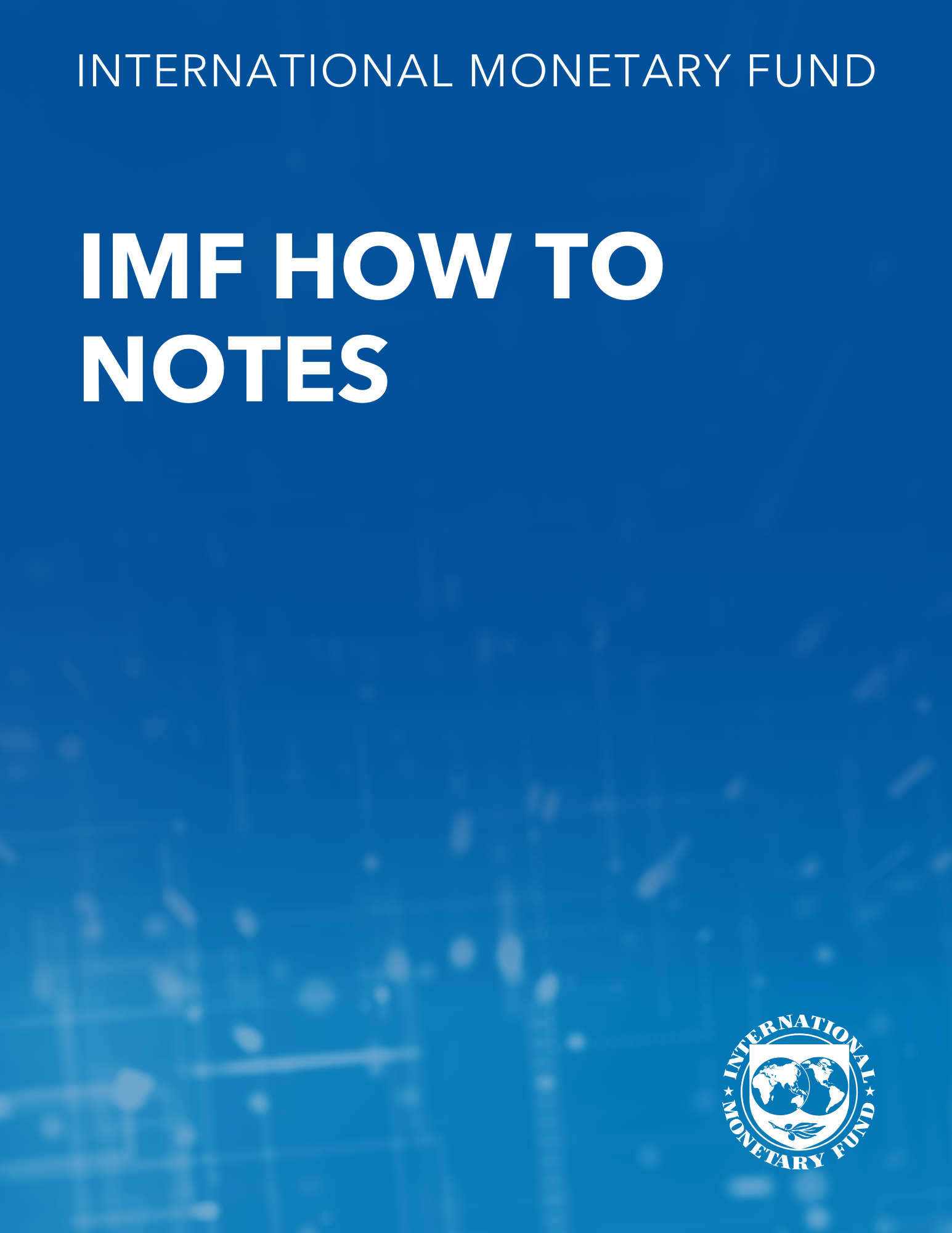Papua New Guinea: Selected Issues and Statistical Appendix
March 12, 2008
Summary
This paper analyzes the workings and effectiveness of the monetary transmission mechanism in Papua New Guinea. The paper is organized as follows: it describes the current institutional structure in Papua New Guinea; interest rate is discussed; the evidence from vector autoregression analysis on the relationship between monetary policy variables and output and prices is considered; finally, implications are included. The Bank of Papua New Guinea (BPNG) uses a reserve money framework to conduct monetary policy operations. A macroeconomic balance approach estimates the REER, which simultaneously achieves internal and external balance.
Subject: Exchange rates, Financial services, Foreign exchange, Income and capital gains taxes, Inflation, Prices, Real effective exchange rates, Real exchange rates, Repo rates, Taxes
Keywords: Asia and Pacific, broad money growth, CR, cross-county inflation, East Asia, exchange rate, Exchange rates, excise tax, Global, Income and capital gains taxes, Inflation, interest rate, ISCR, rate, Real effective exchange rates, repo rate, Repo rates, South Asia, Sub-Saharan Africa, transmission mechanism
Pages:
100
Volume:
2008
DOI:
Issue:
093
Series:
Country Report No. 2008/093
Stock No:
1PNGEA2008001
ISBN:
9781451831740
ISSN:
1934-7685







